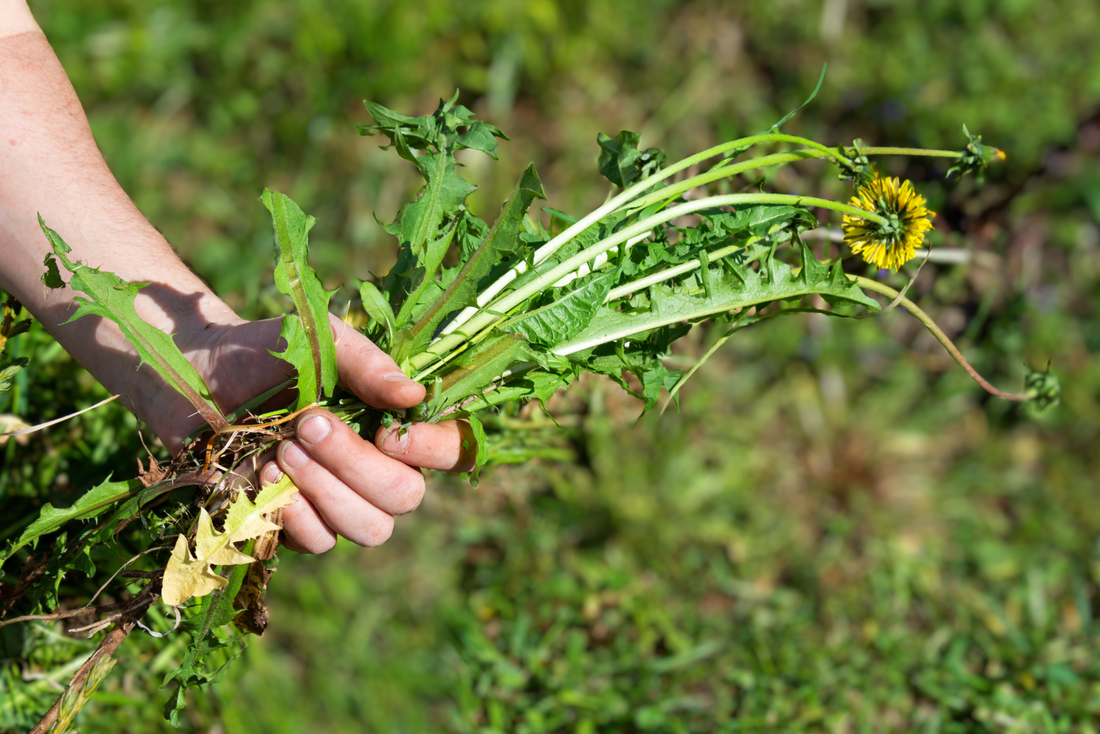Tackling Ragwort – Identification, Removal, and Long-Term Control

Written by Briony Witherow MSc RNutr. FHEA
Ragwort is one of the most recognisable weeds in horse pastures — and one of the most problematic. Surveys suggest it’s present in 55–84% of UK horse pastures, with each plant capable of producing thousands of seeds that remain viable for over 15 years.
Why Ragwort Matters
- Contains pyrrolizidine alkaloids (PAs), which cause cumulative liver damage.
- Becomes more palatable when dried, making hay and haylage a particular risk.
- Clinical signs of poisoning often appear late, once liver damage is advanced.
Identification
- Year 1 (rosette stage): dark green, jagged leaves forming a ground-hugging circle.
- Year 2 (flowering stage): bright yellow daisy-like flowers on stems up to 100 cm tall, flowering June–October.
- Other species include hoary ragwort, marsh ragwort, and Oxford ragwort — all share similar risks.
Management and Control
Short-Term Measures
- Herbicides – most effective in spring at the rosette stage. Always use a qualified contractor and follow withdrawal guidance. Horses must not graze until treated plants are fully removed or decayed.
- Hand-pulling – practical for small infestations. Remove the entire root, as incomplete removal encourages regrowth. Work when soil is damp and use specialist tools if possible. Always wear gloves.
Disposal
- Bag securely (e.g. paper feed bags) and burn or send via a licensed waste contractor. Ragwort can still set seed after removal if left exposed.
Long-Term Prevention
- Avoid overgrazing and bare patches, where ragwort readily establishes.
- Improve soil fertility and structure to favour healthy grass.
- Rotate grazing and rest paddocks.
- Regularly check forage sources for contamination.
Take-Home Message
Ragwort control is not a one-off job but part of good ongoing pasture management. By learning to recognise the plant early, removing it safely, and supporting strong grass growth, you can reduce the risk to horses and steadily deplete the seed bank in your fields.
